The clinical signs of Feline Idiopathic Cystitis include dysuria (difficulty or pain during urination), pollakiuria...
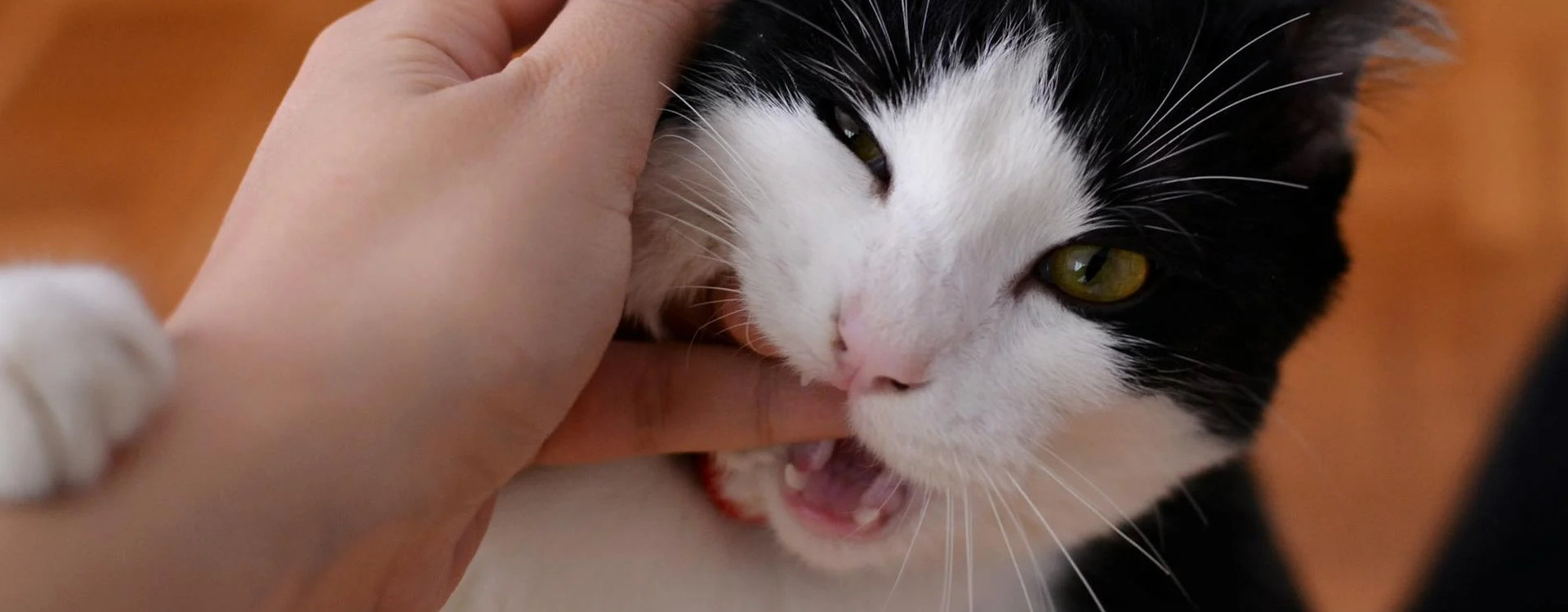
Why does a cat bite?
First, we need to understand the behaviour of cats, for although we may think of them as complex and enigmatic animals, whose behaviours do not seem mysterious or even puzzling to humans, they always have a reason.
One of the most "annoying" behaviours is biting. Although it can be frightening and even painful, there are several reasons why a cat may bite, and if we understand why they do it we can improve the relationship between humans and felines.
1. Play and hunting:
One of the most common reasons a cat bites is for play. Cats are natural predators, and biting behaviour is deeply rooted in their hunting instinct. Kittens, especially, learn to bite and scratch during play with their littermates. This play simulates the hunting skills they will need as adults. Even the domestic cats we live with retain this instinct, and may bite as a form of play.
For human family members, it is important to differentiate between a playful and an aggressive bite. Play bites are usually gentle and not intended to cause harm. Providing appropriate toys and engaging in interactive play can help to channel this energy in a positive way.
In kittens that have not been socialised with their litter and that have been encouraged to interact in this way, the bite can be more painful and unpredictable, as they have not learnt healthy limits for interacting, and if we do not teach them when to stop, we can end up with a problem.
2. Defence and fear:
Cats may also bite out of fear or as a form of defence. If a cat feels threatened, cornered or stressed, it is likely to bite as a defence mechanism. This type of behaviour can be triggered by a number of factors, such as unfamiliar surroundings, the presence of other animals or people, or situations that the cat perceives as dangerous.
To minimise this behaviour, it is essential to create a safe and predictable environment for the cat. Providing hiding places and shelters, as well as respecting the cat's space, can reduce fear and the need to defend itself.
If this is the case, we need to be able to read the signals that cats give us when they are feeling uncomfortable with a situation and learn to relate to them without them becoming triggered and feeling that they have to defend themselves from a situation that they feel is putting them in danger. If we know that something is making them uncomfortable, ideally we should manage the conflict without pressuring them, but by playing, with treats or changing the environment. If this is not possible, we can leave them some space so that they can calm down and see that they are not in danger.
3. Pain or illness:
Pain and illness can also cause a cat to bite. If a cat is in pain, it may bite in response to discomfort or as a way of communicating that something is wrong. Biting may be a sign that the cat has a medical condition that needs attention.
If a cat suddenly changes its behaviour and starts biting, it is advisable to take it to a veterinarian for evaluation. Conditions such as dental problems, arthritis or infections can cause pain and lead to biting behaviour.
If they bite when you touch them in a particular area, suspect that they may be in pain and have a need to defend themselves.
4. Overstimulation:
Overstimulation is another common reason why cats bite. Cats often enjoy being stroked, but there is a limit to the amount of stimulation they can tolerate. Prolonged petting can cause a cat to become overwhelmed and respond by biting.
Another reason why it is important to learn to read a cat's body language is to avoid over-stimulation. Signs such as rapid tail wagging, ears back or a change in posture may indicate that the cat has had enough physical contact. Respecting these limits can prevent unexpected bites.
5. Communicate:
In some cases, cats bite as a form of communication. They may bite gently to get attention or to signal that they want something, such as food or play. This type of biting is usually lighter and less painful, but it is equally important to understand and respond appropriately to these signals.
How can we manage and prevent cats from biting?
Managing and preventing cat bites requires an understanding of your cat's language and its past, as socialisation plays an important part in the way it communicates.
Here are some tips:
Toys: Providing a variety of toys can help to satisfy a cat's hunting and play instincts, reducing the likelihood that it will bite people.
Safe environment: Creating a safe and nurturing environment can help reduce stress and anxiety in cats, thus reducing defensive biting. Scratchers, pheromones and quality time will lower their stress levels and reduce the likelihood of biting.
Veterinary check-ups: Visiting the vet at least once a year ensures that any health problems are detected and treated in time. In case you detect problems go as soon as possible to reduce their discomfort and get them treated as soon as possible.
Socialisation: Teaching cats to play properly and setting clear boundaries from an early age can prevent behavioural problems in the future. If they are adult cats, there is still time to improve our relationship with them.
Respect the cat's limits: Learning to read the cat's body language and respecting its limits is essential for a harmonious coexistence.
See a specialist: If you have problems relating to your feline companions, if you don't understand why they bite or if you don't know how to handle situations, it is important to see a behavioural specialist for guidance on how to improve your relationship.
In summary, understanding why cats bite is essential for any feline family member. Biting can be a natural play behaviour, a response to fear or pain, a reaction to overstimulation, or a form of communication. With careful attention and a respectful approach, it is possible to minimise biting and foster a healthy and happy relationship with our feline friend.







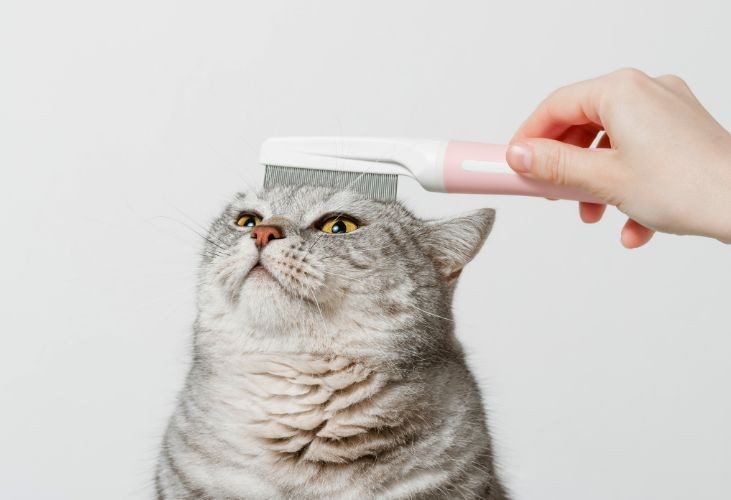
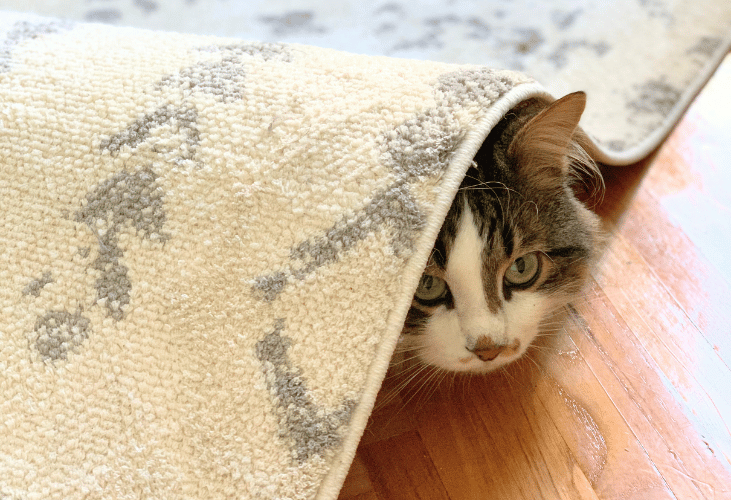
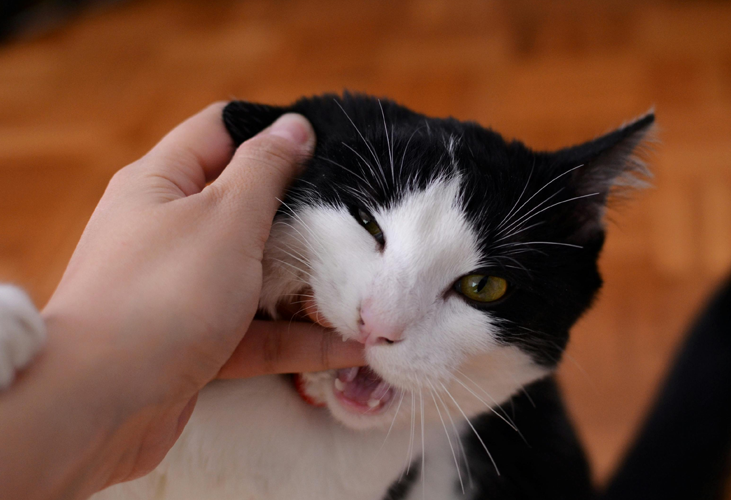
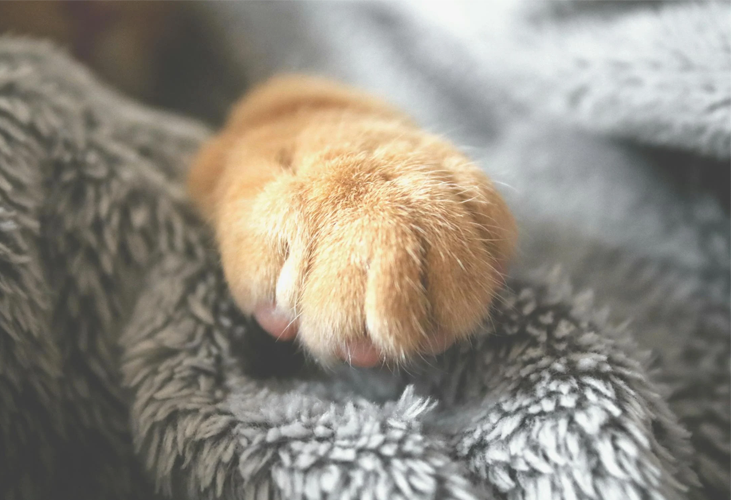

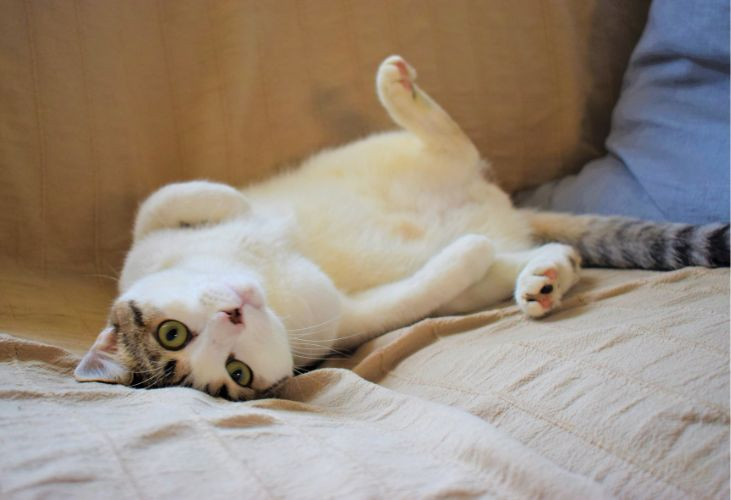
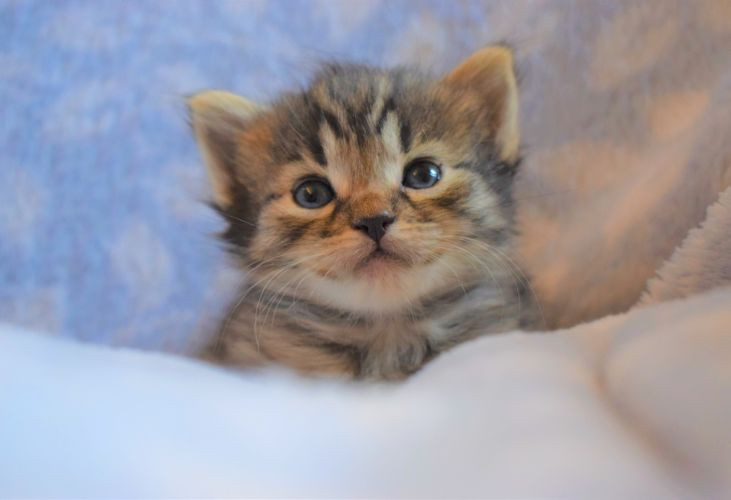

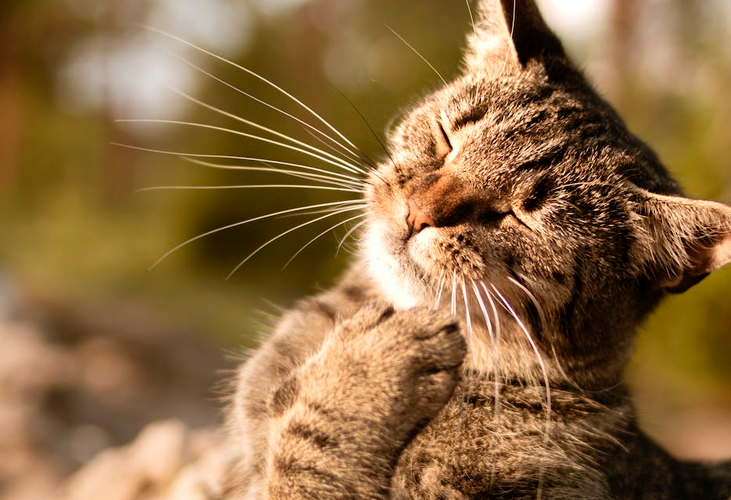

Leave a comment